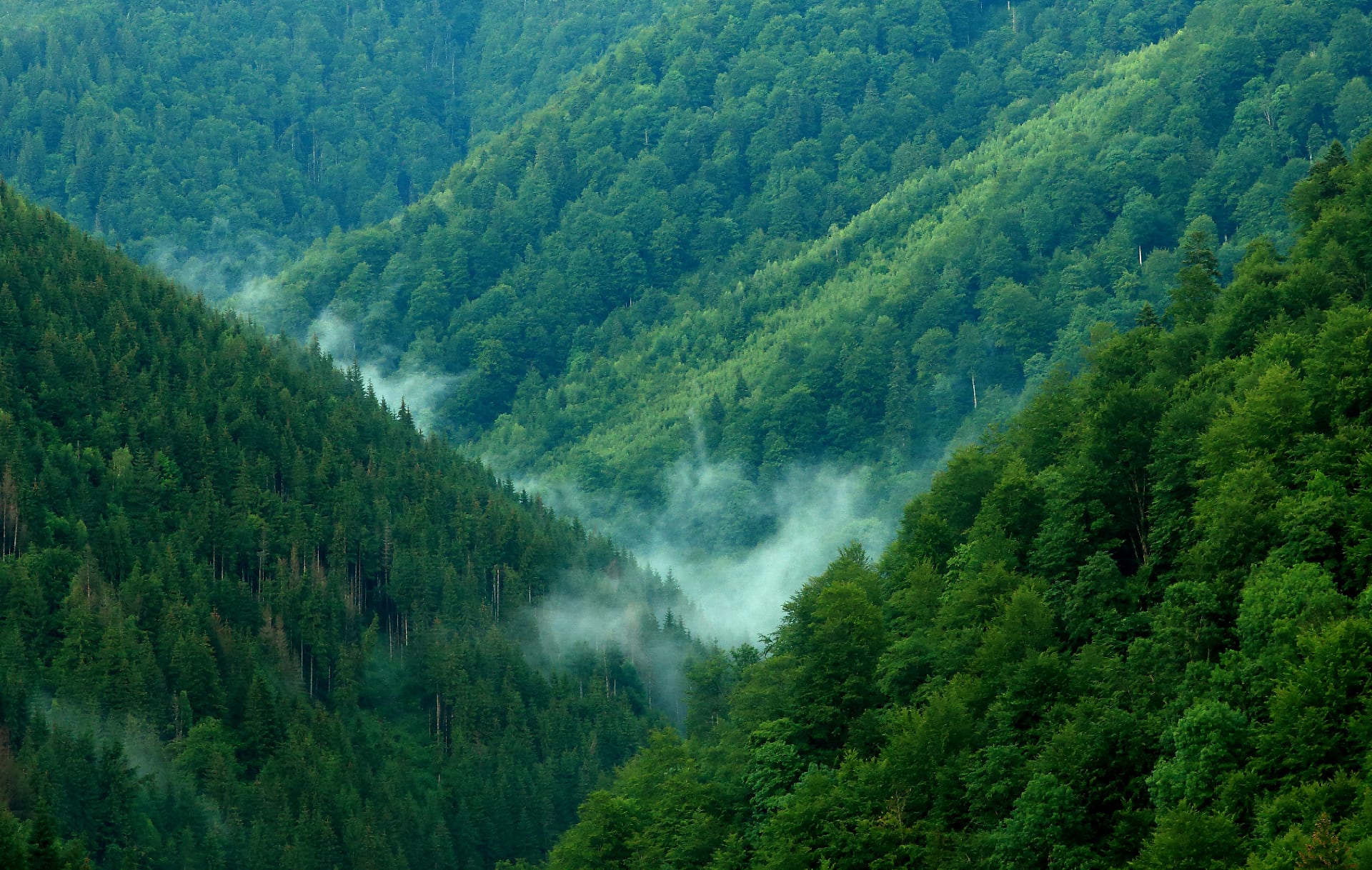AI, Remote Sensing & Old-Growth Forests
My PhD will develop and systematically evaluate machine learning and remote sensing techniques to detect biodiverse old-growth forests.
Protecting the Irreplaceable: Detecting Old-Growth Forests in the Carpathian Mountains
Thomas Ratsakatika, University of Cambridge

Figure 1: Old-growth forest in the Făgăraș Mountains (credit: Fundația Conservation Carpathia).
Abstract
Old-growth forests are irreplaceable ecosystems developed over decades and centuries without significant anthropogenic disturbances. Their complexity provides critical ecosystem services and unique habitats for biodiversity. However, in Europe, less than 3% of forests are classified as primary or old-growth, and their full extent remains largely unknown. The EU’s 2030 Biodiversity Strategy, therefore, prioritises mapping, monitoring, and protecting those that remain.
This research will use the Făgăraș Mountains in Romania’s Southern Carpathians as a case study to develop and systematically evaluate automated methods for detecting old-growth forests. It will be conducted in collaboration with Fundația Conservation Carpathia, a Romanian foundation working to create a national park in the Făgăraș Mountains. Using a diverse dataset, including 290 mobile laser scanned forest plots, an ultra-high resolution aerial orthophoto plan and a digital surface model, two methods of detecting old-growth forests will be investigated. First, indicator-driven approaches, which detect specific indicators of old-growth forests such as tree height or structural complexity. Second, classifier-driven approaches, which train machine learning models to predict the location of old-growth forests in aerial data. This research aims to provide evidence to help establish a national park in the Făgăraș Mountains and support broader European efforts to protect old-growth forests.
This research is supervised by Dr. Emily Lines (Department of Geography, University of Cambridge) and co-supervised by Professor Srinivasan Keshav (Department of Computer Science and Technology, University of Cambridge). My conservation research collaborator is Mihai Zotta (Conservation Director, Fundația Conservation Carpathia).